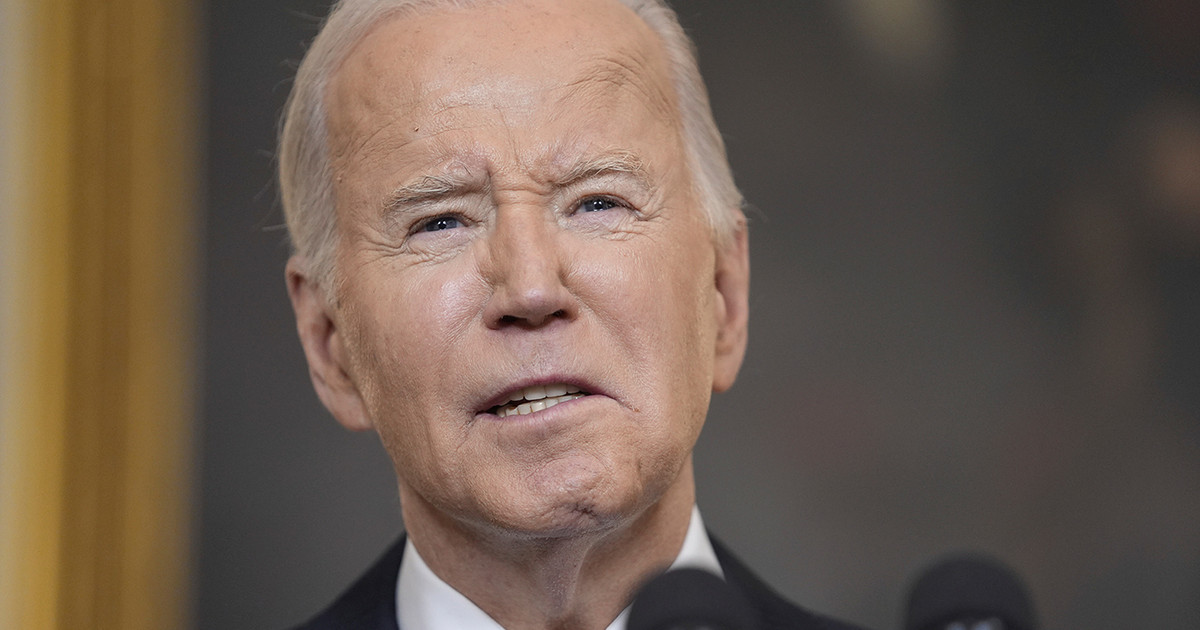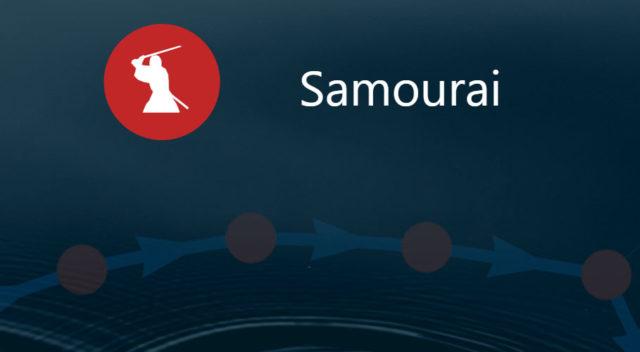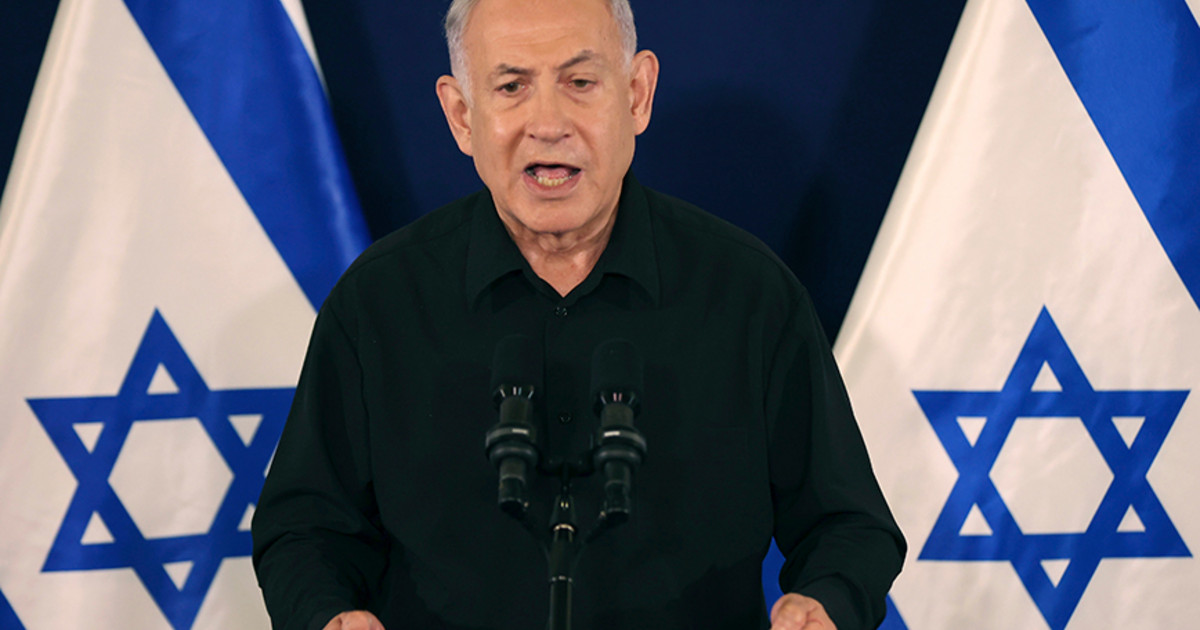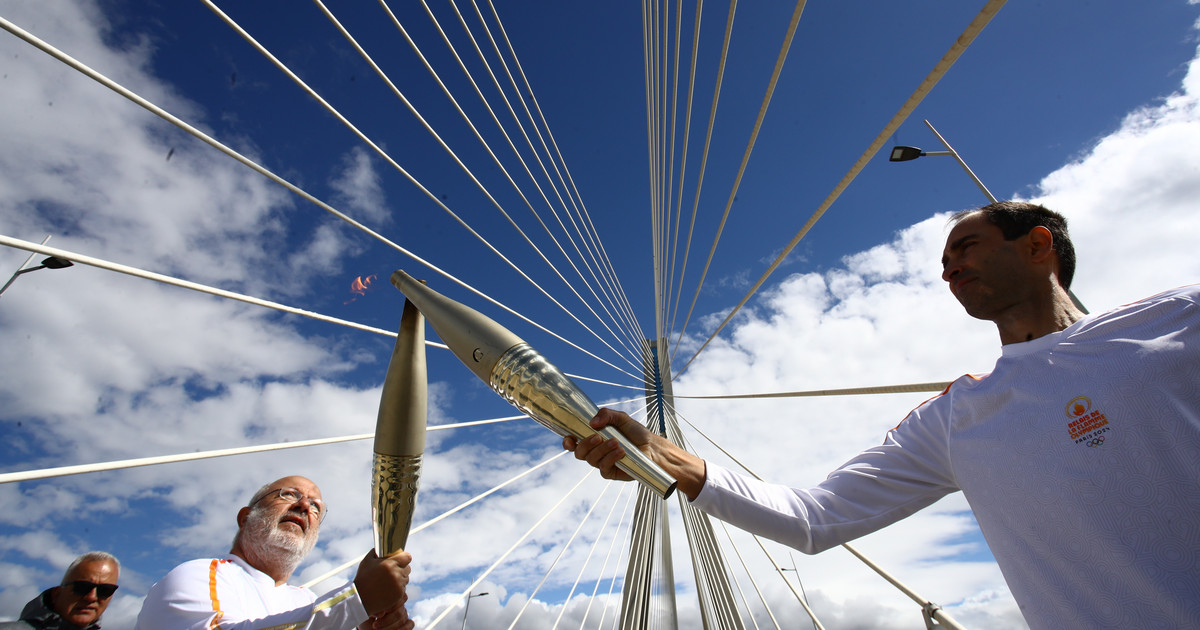Nyamata Church’s altar was wrapped with a blood-stained cloth. Its benches were taken away; in their places are rows and rows of clothing and personal items that belonged to the people massacred there 28 years ago. The ceiling above is punctured by shrapnel after the perpetrators of the murders threw grenades at the building.
In 1994, Hutu extremists in Rwanda targeted ethnic minority Tutsis and moderate Hutus in a three-month killing spree that left an estimated 800,000 dead, although locals estimate higher numbers.
In the basement below the church — which is now a memorial to the 1994 genocide — the skulls of unidentified Tutsi men hang over the coffin of a woman of the same ethnic group who died after an act of barbaric sexual violence.
Perpetrators attacked churches like this one on the outskirts of the capital Kigali. More than 10,000 people were killed there in two days, according to the memorial’s manager, Rachel Murekatete. A mass grave behind the building is the final resting place for more than 45,000 people from the surrounding area killed by the violence.

Prince Charles appeared visibly moved as he was shown around the church on Wednesday, where bodies discovered elsewhere are so far being brought to, as the killers identify other graves as part of the reconciliation process that has begun. in 1999.
The heir to the British throne is in Rwanda for a summit of Commonwealth leaders later this week. But his trip comes at a difficult time, as the furor over the UK government’s radical plan to send asylum seekers to Rwanda has erupted.
The British government announced the agreement with the African country in April, but the maiden flight a week ago was interrupted after an 11-hour intervention by the European Court of Human Rights. UK Prime Minister Boris Johnson is also due to attend the Commonwealth leaders’ meeting and is due to meet Prince Charles on Friday morning.
After visiting the area of the graves, the 73-year-old member of the royal family offered a wreath in honor of the victims buried there. On the card was a note from the prince written in the local language of Kinyarwanda: “We will always remember the innocent souls who were killed in the Genocide Against The Tutsi in April 1994. Be strong Rwanda. Charles”.
He then visited Mbyo Reconciliation Village, one of eight similar villages in Rwanda where genocide survivors and perpetrators live side by side. The perpetrators publicly apologized for their crimes, while the survivors professed their forgiveness.

The first day of your visit to Rwanda was focused on learning more about the massacres of nearly three decades ago. Rwandan football player and genocide survivor Eric Murangwa encouraged the prince to include Nyamata in the itinerary of the three-day trip across the country.
“We are living what we call the ‘last stage of genocide’, which is denial. And having someone like Prince Charles visit Rwanda and visit the memorial…highlights how the country has managed to bounce back from that terrible past,” he told the BBC. CNN earlier this month, during a reception at Buckingham Palace celebrating the contributions of Commonwealth peoples.
Earlier on Wednesday, Prince Charles and his wife Camilla, the Duchess of Cornwall, met Rwandan President Kagame and First Lady Jeannette Kagame — and visited the Genocide Memorial in Kigali and the museum in Gisozi. , where a quarter of a million people are buried.
“This memorial is a place of remembrance, a place where survivors and visitors can come and pay their respects to the victims of the genocide against the Tutsis,” said Freddy Mutanguha, site director and massacre survivor. “More than 250,000 victims were buried at this memorial and their bodies were collected from different places…and this place has become the ultimate destination for our loved ones, our families.”

Among these families is his own, who once lived in the city of Kibuye, in the western province of the country.
Mutanguha told CNN who heard invaders kill their parents and siblings during the genocide, reporting: “I was in hiding, but I could hear their voices until they ceased. One sister and I survived, but we lost four others.”
Keeping the memory alive is what drives your memorial mission.
“This is a very important place for me as a survivor, because in addition to being where we buried our family — my mother is here, in the mass graves — it’s a home for me. But it’s also where I work and I feel that responsibility. As a survivor, I have to speak up, I have to tell the truth about what happened to my family, my country and my Tutsi people,” he continued.

Mutanguha wanted to welcome Prince Charles to learn more about what happened there, and help counter an online wave of genocide deniers, whom he compared to holocaust negotiators.
“That’s what really worries me, because when the Holocaust happened, people didn’t learn from the past. When the genocide against the Tutsis happened, you can see the genocide deniers…especially those who committed the genocide — they feel like they can do it again, because they haven’t finished the job. So by telling this story, working here and hosting visitors, we can help get to the ‘never again’ reality.

A spokesperson for Clarence House, Charles and Camilla’s official residence, said the royal couple was impacted by the importance of not forgetting the horrors of the past. “But they were also deeply moved as they listened to people who found ways to live with, and even forgive, the most heinous crimes,” he added.
Prince Charles arrived in Rwanda on Tuesday night – the first member of the royal family to visit the country. He is in Kigali representing Queen Elizabeth II at the Commonwealth Government Leaders Meeting (CHOGM).
The meeting usually takes place every two years, but has been rescheduled twice due to the pandemic.
Source: CNN Brasil






